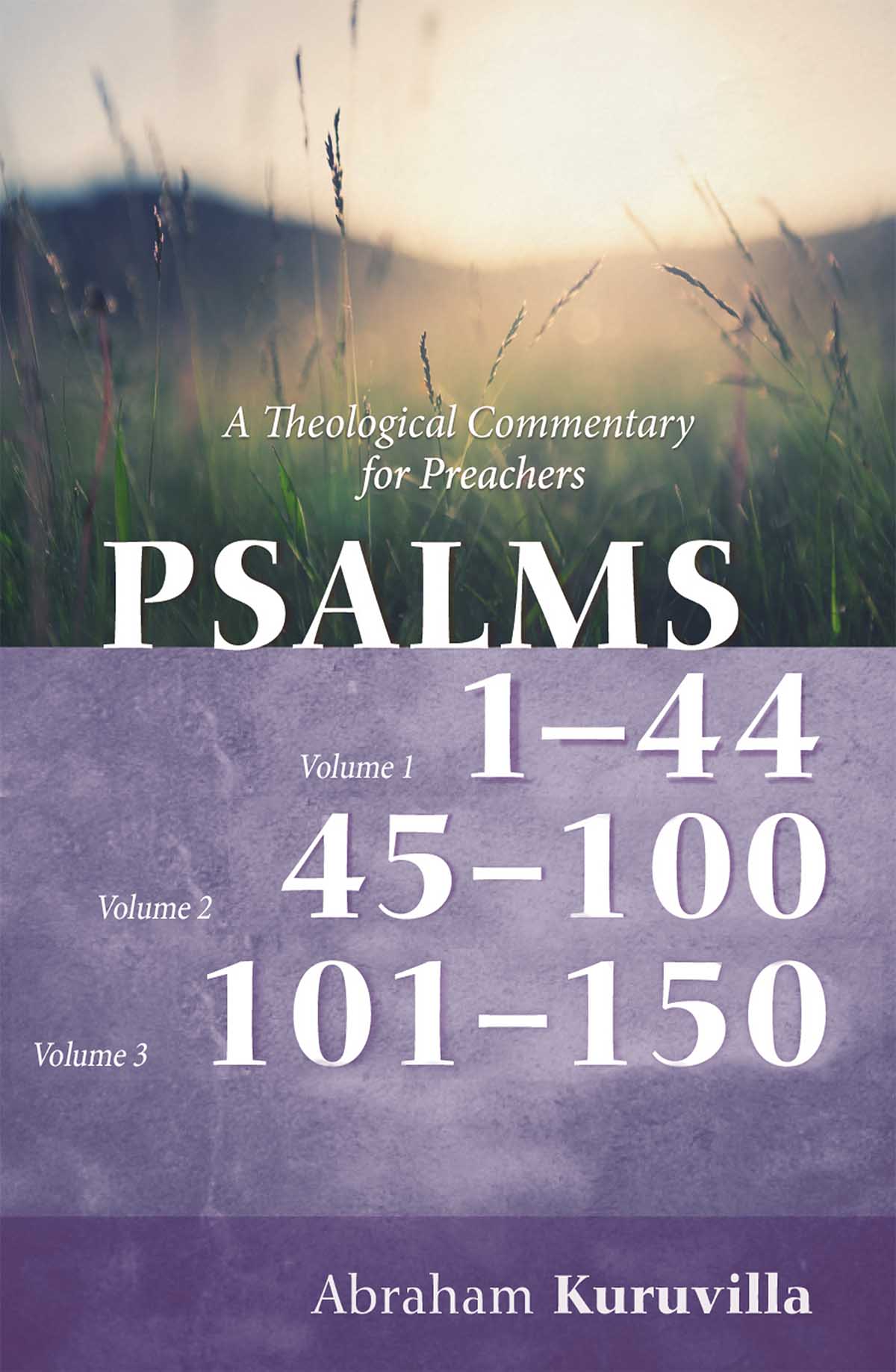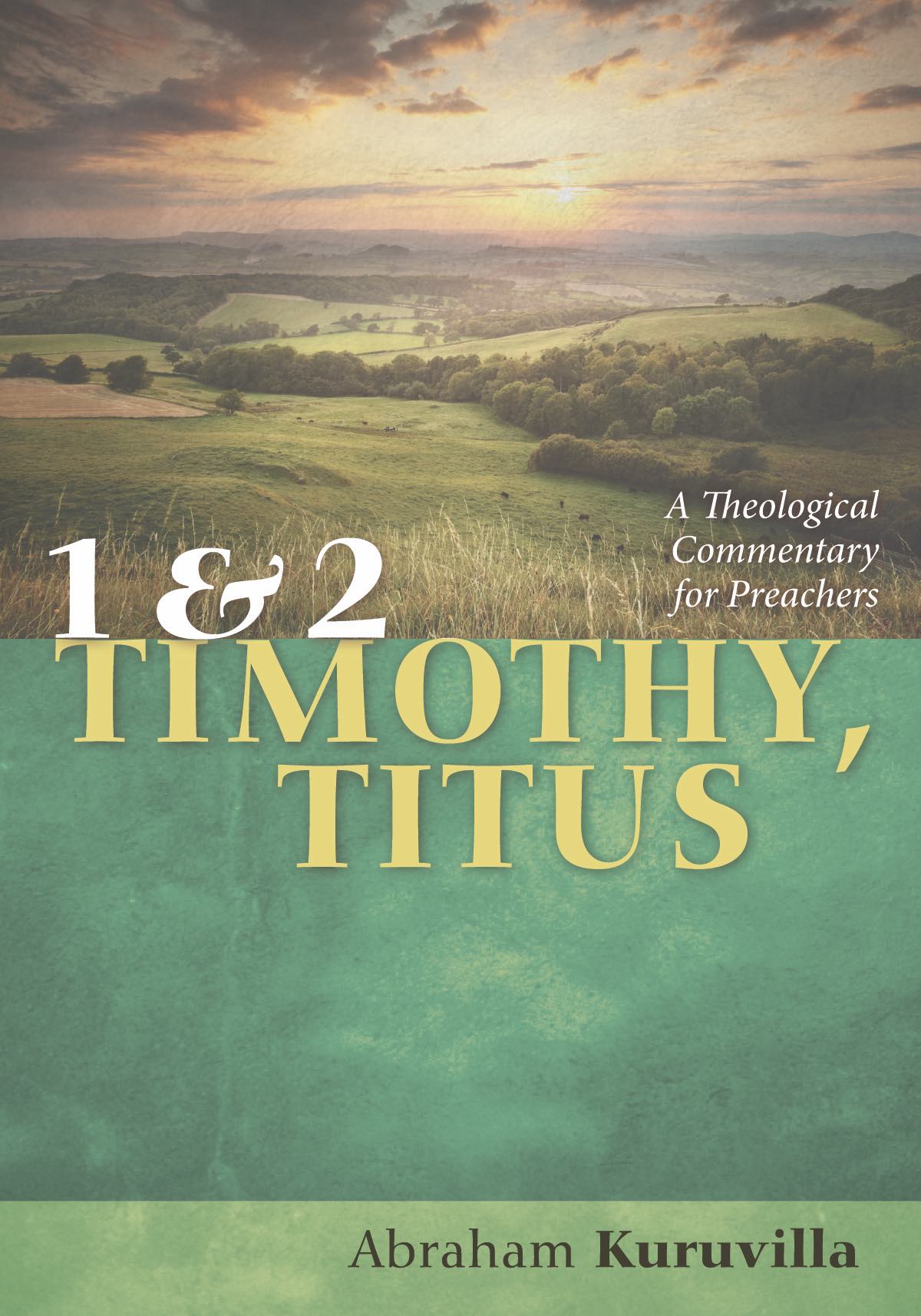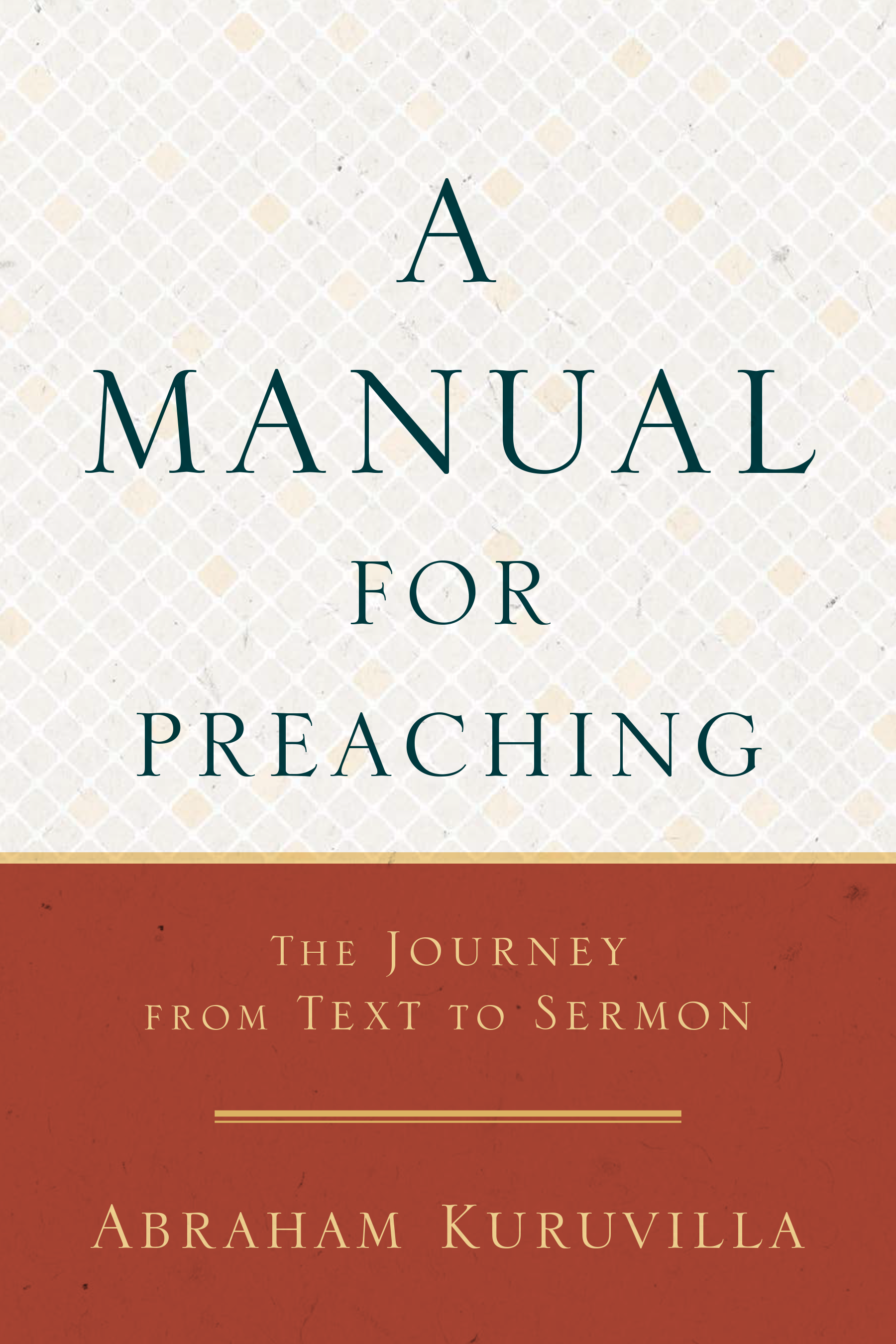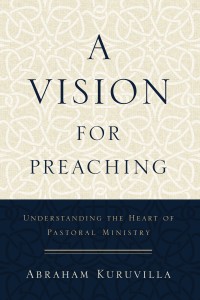Read!

The other day, researchers from the Yale University School of Public Health put out a study in Social Science & Medicine: “A Chapter a Day: Association of Book Reading with Longevity.”
The study looked at 3,635 over-50 subjects divided into non-readers, readers (they read up to 3.5 hours/week), and heavy readers (who read over 3.5 hours/week). Readers and heavy readers survived almost 23 months more than non-readers!
In other words:
Just like a healthy diet and exercise, books appear to promote a significant survival advantage.”
OK, so they haven’t shown a cause-effect relationship between reading and surviving, only an association between the two phenomena. But still …
The bad news is that America is #23 in the rank of countries that read the most books. India, Thailand, and China are the top three. The US is behind Egypt, and Turkey, and Germany.
Go read and live longer!
Frequently, in the first few weeks of class in any semester, I have students who do mess up simply because they didn’t read the syllabus carefully.
When reminded that instructions are clearly stated in the syllabus, there’s always a student or two who replies:
Prof, I’m an auditory learner [or kinesthetic or olfactory, or whatever].”
I have to disappoint them.
Sorry, God chose to write. Better learn to read!”
But, as Jesus asked an expert in religious law:
“How do you read?”
Luke 10:26
Or, how do you interpret?
Let’s say Mrs. A tells Mr. A:
The trash is full.”
Is it simply a notice of the state of the trash—“sentence meaning”—or is there something more?
Of course, there is. What she is doing with what she is saying to her husband is:
Take out the trash!”
Now unless Mr. A catches this “utterance meaning” of Mrs. A, there can never be valid application.
It won’t do for Mr. A, acknowledging that “the trash is full,” to go buy a bigger trash can (invalid application).
Yes, of course, it is important to understand what “t-r-a-s-h” means and how it relates to “full” by means of the verb “is,” and so on. But decoding will only bring one to “sentence meaning.” Only inference will take you to “utterance meaning.”
Indeed, we must read Scripture that way. With application in mind. Catching what the author is doing with what he is saying—the “utterance meaning.”
Take the case of the narrative in 1 Sam 15 (the story of Saul being ordered by God to kill the Amalekites). The prophet Samuel passes on God’s command to king Saul this way:
“Listen to the voice of the word of Yahweh.”
1 Samuel 15:1
Sadly, you will not find “voice” in most of your English Bibles, but that’s how it is in the Hebrew. I’ll come back to the significance of this in a bit.
Saul, as you know, does not obey: rather than eliminate all the animals and humans, as commanded, he saves the good ones of the former and the chief of the latter.
Soon after, Samuel confronts Saul. The king declares he has done everything that God told him to do.
Whereupon Samuel goes:
“What then is this bleating of the sheep in my ears,
and the lowing of oxen which I hear?”
1 Samuel 15:14
It’s not “bleating” and “lowing” in the Hebrew. I’ll give you one guess as to what it is.
It’s voice!
Did you catch what the author is doing, telling readers:
The one committed to God listens to the voice of God, not the voice of worldly seductions.”
Yup, read God’s “voice,” and live … forever!












 Abe Kuruvilla is the Carl E. Bates Professor of Christian Preaching at The Southern Baptist Theological Seminary (Louisville, KY), and a dermatologist in private practice. His passion is to explore, explain, and exemplify preaching.
Abe Kuruvilla is the Carl E. Bates Professor of Christian Preaching at The Southern Baptist Theological Seminary (Louisville, KY), and a dermatologist in private practice. His passion is to explore, explain, and exemplify preaching.
2 Comments
Thank you Dr. Kuruvilla, this is an eye opening article at least for me. I am also like your “few students” who do not read properly and miss the treasure in it.
I, too, am learning as I go along ….
Thanks, Shine!